With an 87—75 win over Iowa, the South Carolina womens basketball team capped off an undefeated season, finishing with a record of 38—0. However, this result wasn’t the biggest takeaway from this game. No, it wasn’t Iowa guard Caitlin Clark losing the last game of her college career, and no, it wasn’t South Carolina coach Dawn Staley winning her third National Collegiate Athletic Association (NCAA) championship.
It was the fact that, according to ESPN, an average of 18.7 million people and a peak of 24 million people tuned in to watch the game. This made it the most watched basketball game since 2019, when Virginia and Texas Tech faced off in the Mens NCAA Basketball Championship Game, amassing an average of 19.6 million viewers.
This game marks a turning point in the popularity of not just womens basketball, but womens sports. Excluding non-American leagues and events, the game was the most-watched womens sporting event of all time, paving a way for leagues like the Women’s National Basketball Association (WNBA) and the National Women’s Soccer League (NWSL) to gain viewership. In November of 2023, the NWSL signed a $240 million media rights deal with CBS, the most expensive media rights deal in women’s sports history. The next step is to translate that into more viewers.
A large amount of the interest in the NCAA Women’s Basketball Championship Game drew from the aforementioned Clark, the two-time Associated Press Player of the Year and the current all-time scoring leader in both mens and womens college basketball. Clark rose to prominence because of her play in the tournament last year, where she led Iowa to the title game, only to lose to Angel Reese and Louisiana State University.
Clark has drawn comparisons to WNBA players such as Sabrina Ionescu and National Basketball Association (NBA) players such as Stephen Curry, and is lauded for her ability to shoot three-pointers at a remarkable level not yet seen in womens college basketball.
Because of these skills, Clark was selected first overall by the Indiana Fever in the most-watched WNBA Draft of all time, which averaged 2.4 million viewers. However, Clark was offered an unprecedented $5 million contract to play in the Big3 League, a three vs. three league founded by rapper Ice Cube. The deal states that Clark would have to play eight regular season games along with two postseason games to receive the $5 million. The two seasons don’t overlap, so she is able to play in both leagues if she decides to.
Currently, the highest-paid WNBA player is Elena Delle Donne from the Washington Mystics, averaging an annual salary of $224,870, with the entire contract totaling nearly $900,000. In comparison, the minimum annual salary in the NBA is $1.1 million. These figures emphasize the pay gap between male and female athletes— arguably the biggest problem in the sports industry.
Clark’s situation could be a step in the right direction for the current and future female athletes, but it wouldn’t be the first. The womens national soccer team has advocated for equal compensation at the international level, and they got it.
The Equal Pay for Team USA Act requires all athletes representing the U.S. in global competition to receive equal pay and benefits in their sport, regardless of gender.
Money implications aside, Clark has inspired a generation of basketball players just like Curry had before her. Soon we’ll see young girls around the country mimicking her play and trying to be like her. With that, we could see an expansion of womens basketball at the high school level and improvements in the development of potential WNBA players.
Long story short, this year of womens college basketball has set up womens sports to succeed, from the pros to high schools. Don’t be surprised to see womens sports experience a jump in viewership, salary, and big stars taking over their respective games in the coming years.


![Reaching out. Christopher Lesh, student at Central Catholic High School, serves ice cream during the event on March 2, 2025, at the Portland waterfront. Central Catholic was just one of the schools that sent student volunteers out to cook, prepare, dish, and serve food. Interact club’s co-president Rachel Gerber, junior, plated the food during the event. “I like how direct the contact is,” Gerber said. “You’re there [and] you’re just doing something good. It’s simple, it’s easy, you can feel good about it.”](https://wlhsnow.com/wp-content/uploads/2025/03/interact-1-edited-1200x744.jpg)

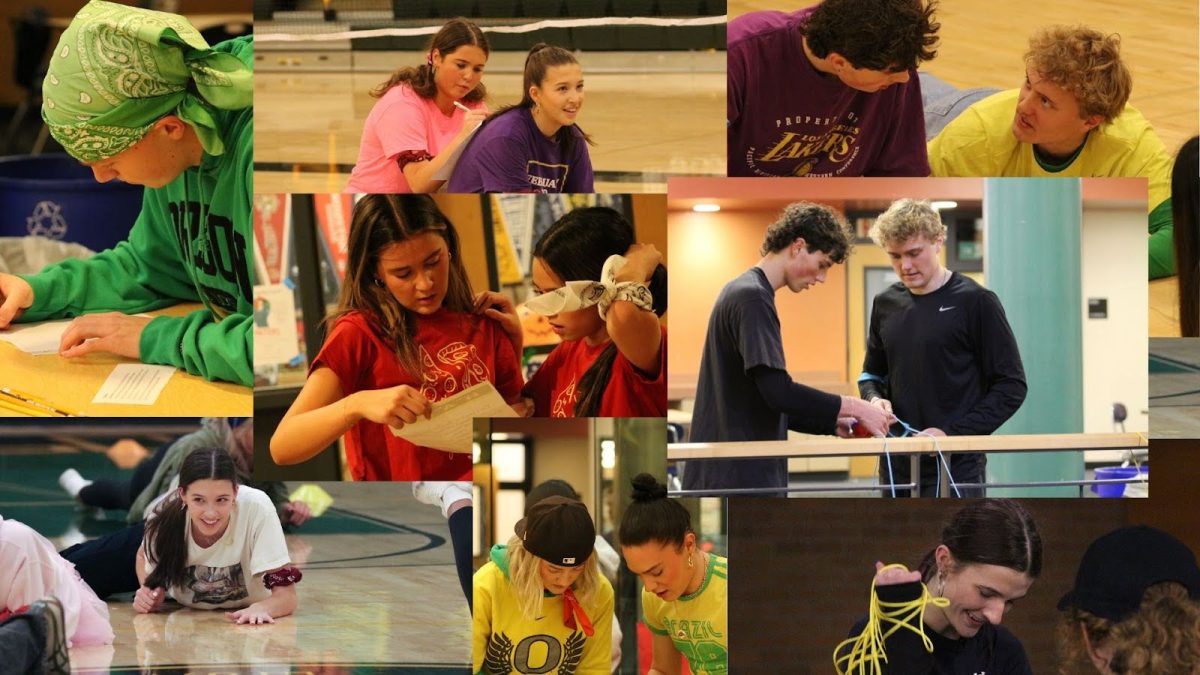








































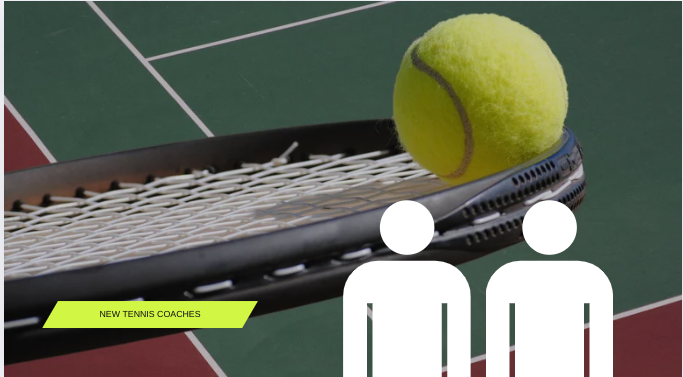
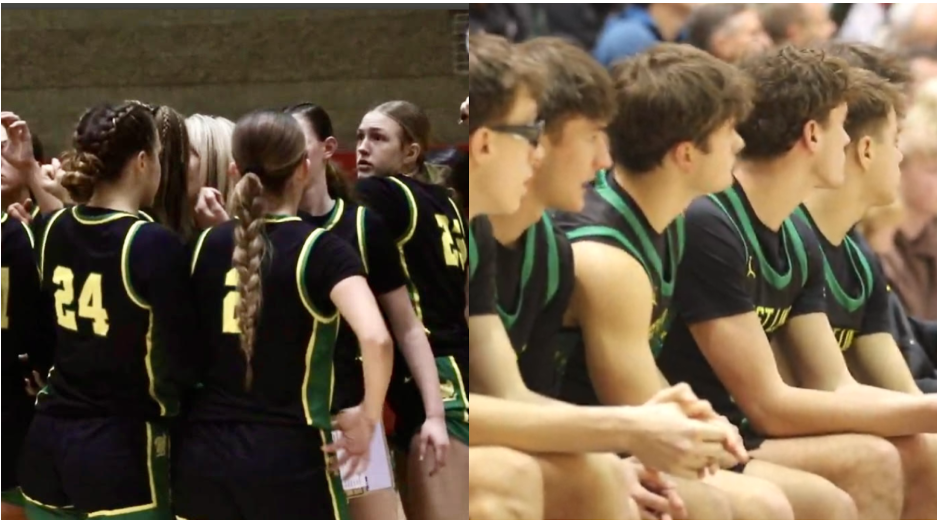


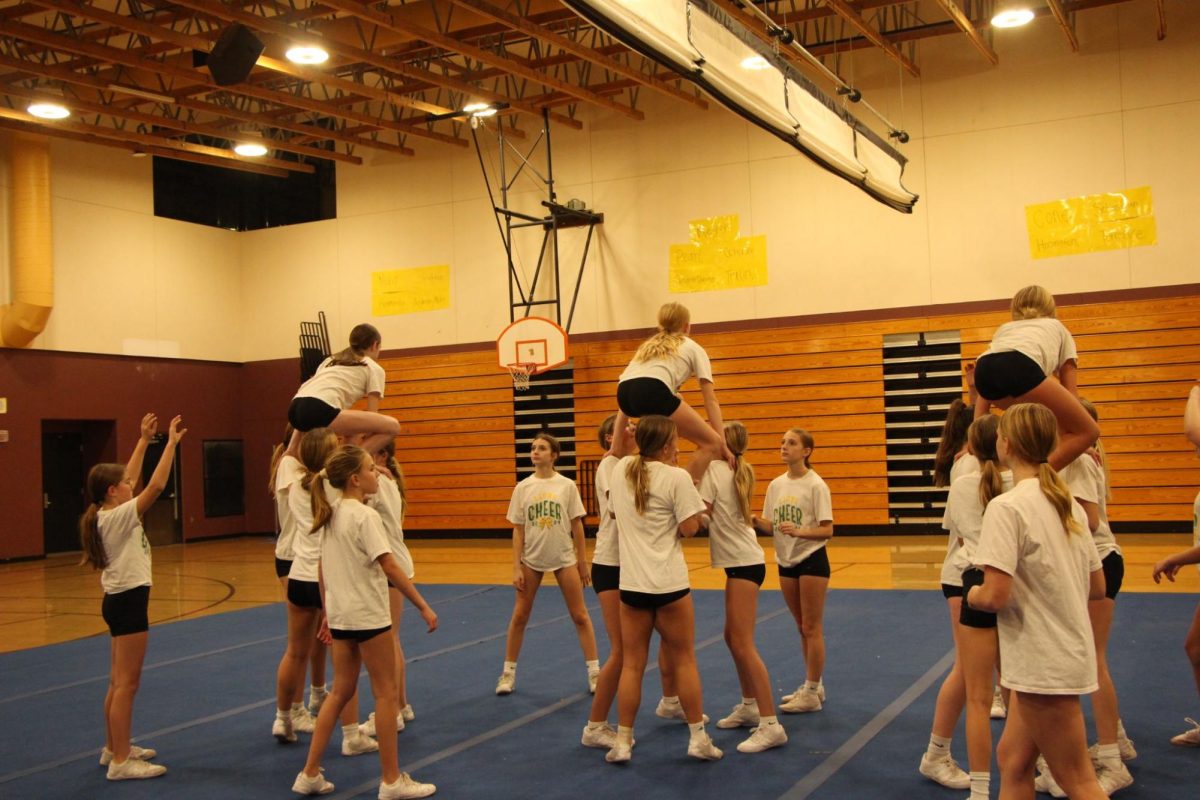
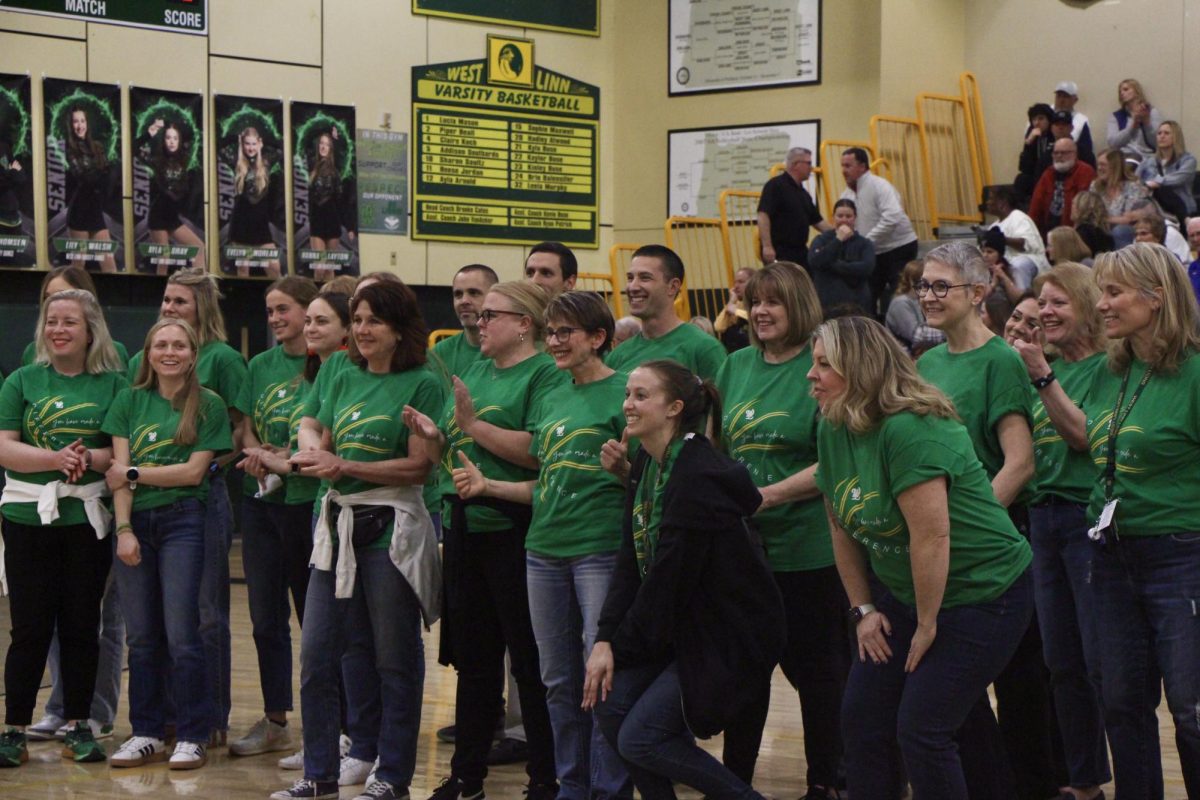








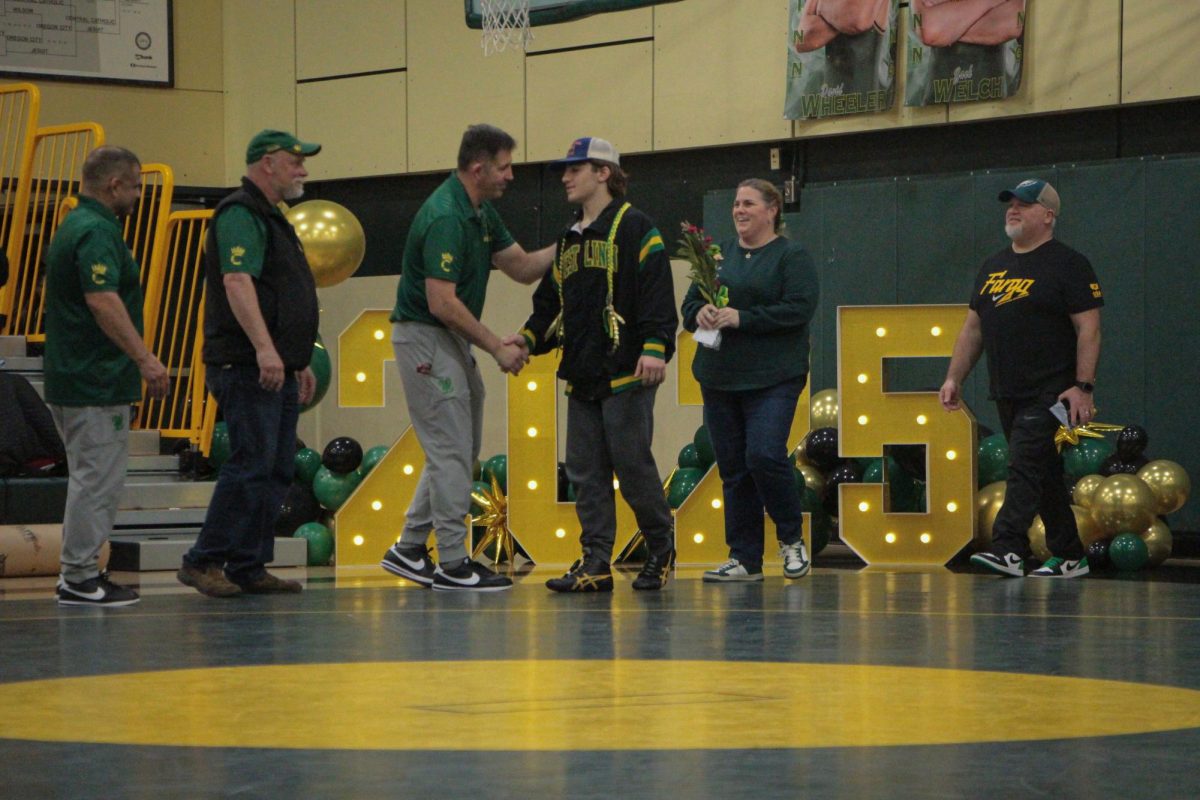




![At the bottom of the third inning, the Lions are still scoreless. Rowe stands at home plate, preparing to bat, while Vandenbrink stands off to the side as the next batter up. Despite having the bases loaded, the team was unable to score any runs. “It’s just the beginning of the season. We’re just going to be playing out best by June, [and] that’s where champions are,” Rowe said.](https://wlhsnow.com/wp-content/uploads/2024/03/IMG_3077-1200x900.jpg)


















































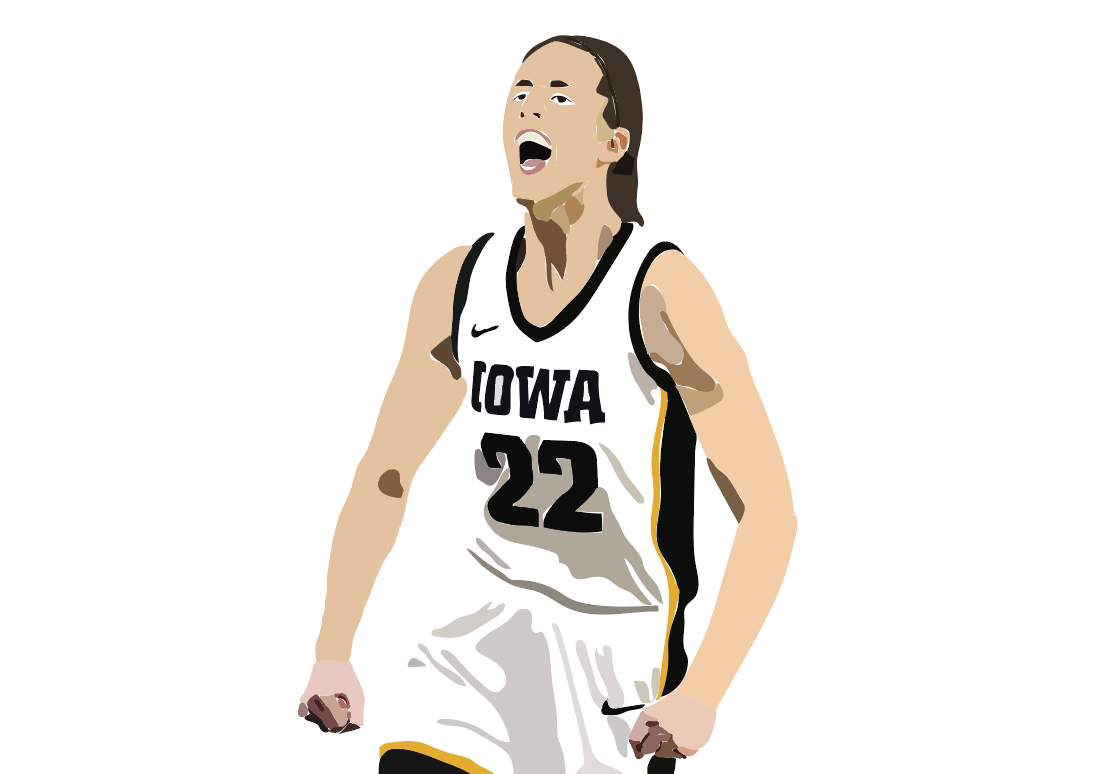

#1Nicholasfan
May 10, 2024 at 2:45 pm
I’m your biggest fan